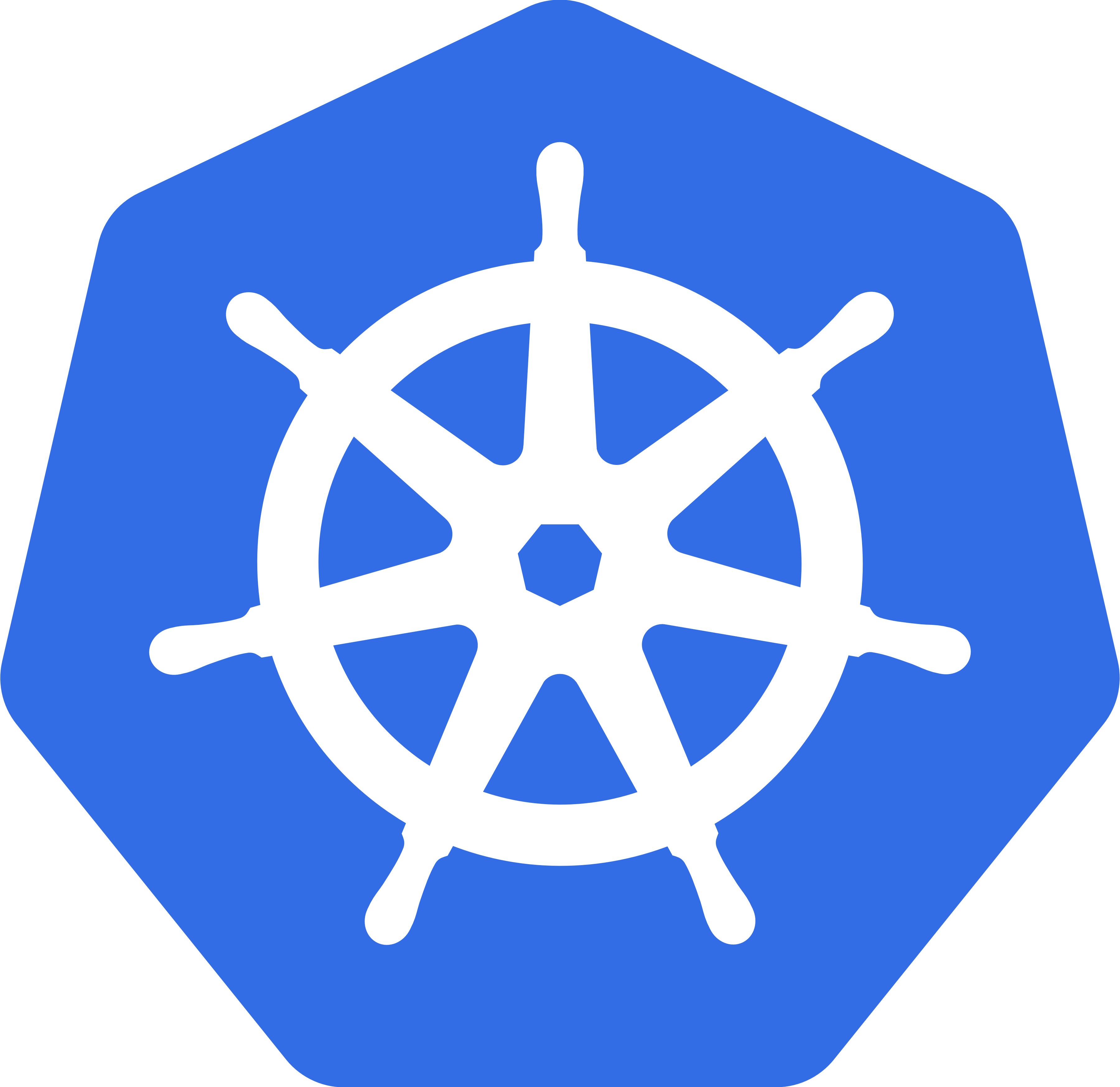Here's a chronological analysis of the Kubernetes trend based on the provided article titles:
In the earliest period, the focus was squarely on introducing Kubernetes and establishing its place within the rapidly evolving containerization landscape. Titles like "Containers and Cloud: From LXC to Docker to Kubernetes" (2014) and "Kubernetes: Changing the Way That we Think and Talk About Computing" (2015) highlight a time of defining what Kubernetes was and how it was fundamentally altering computing paradigms. There was an emphasis on its lineage, with multiple titles in 2016, such as "John Wilkes on Borg and Kubernetes" and "Borg, Omega, and Kubernetes," connecting it to Google's internal system. Towards the end of this period, practical guides began to surface, exemplified by "Java-Based Microservices, Containers, Kubernetes - How To" (2016), signaling the first steps towards real-world application.
Early Adopter Challenges and Expanding Horizons (2017-2018)
As Kubernetes gained traction, the conversation shifted from mere introduction to practical implementation and addressing the challenges faced by early adopters. In 2017, titles like "Kubernetes in Real Life" and "Global Deployment at Your Fingertip with Kubernetes Federation" indicated a move towards understanding real-world operational scenarios and scaling across different environments.
The year 2018 saw a significant surge in activity, reflecting a broader embrace of Kubernetes. Key themes emerged around migration ("Migrating from VMs to Kubernetes"), ensuring application stability ("Zero downtime Migrations and Rollbacks with Kubernetes"), and integrating with existing technologies ("Kubernetes-ize your Java Application"). The ecosystem began to mature, with discussions on core components like "Container Networking" and the advent of essential tooling such as "Optimizing Kubernetes Deployments with Helm" and service meshes like "Making Microservices Micro with Istio and Kubernetes." Furthermore, the titles show an expansion into more advanced and specialized use cases, including "Kubeflow Explained: NLP Architectures on Kubernetes" for machine learning and "Building Distributed Systems with Kubernetes," marking the platform's ascent beyond basic container orchestration.
Maturation of Operations and Ecosystem Hardening (2019-2021)
This period reflects a growing maturity in Kubernetes adoption, moving beyond initial deployments to focus on operational excellence, troubleshooting, and the broader ecosystem. In 2019, there's a clear emphasis on "Day 2" operations, with titles like "Why I love Kubernetes Failure Stories and You Should Too," "Live Kubernetes Debugging with the Elastic Stack," and "Kubernetes Operability Tooling," indicating a focus on reliability and problem-solving in production. Security also became a more explicit concern, as seen in "Getting to Grips with Kubernetes RBAC." The ecosystem continued to evolve with discussions on "The State of Kubernetes Development Tooling" and going "Production Like a Pro."
By 2020, the conversation extended to managing stateful workloads, highlighted by "Databases on Kubernetes: Why You Should Care!". In 2021, the continued need for foundational understanding was evident with "Kubernetes: Up & Running" and "Kubernetes Fundamentals," possibly catering to a new wave of adopters or a desire for deeper knowledge. Automation became a central theme, with "The Automation Challenge: Kubernetes Operators vs Helm Charts" and the emergence of "GitOps" for single-node clusters. Network security also received dedicated attention with "Understanding the Security Implications of Kubernetes Networking," signaling a more holistic operational awareness.
As Kubernetes became a foundational technology, the discourse shifted towards optimizing its use for specific workloads, improving developer experience, and addressing strategic organizational concerns. In 2022, titles frequently emphasized developer enablement, such as "Inner Development Loop with Java on Kubernetes" and "Kubernetes, Your Next Java App Server," showcasing Kubernetes' role in streamlining application development for languages like Java and .NET. Helm remained a key tool for package management, as seen in "Helm Your Way with Kubernetes" and dedicated talks on "Helm Charts."
The year 2023 saw an explosion of topics, indicating Kubernetes' deep integration into various facets of software delivery. A strong trend emerged around efficiency and cost management, with titles like "Cloud FinOps & Kubernetes Optimisation at Scale" and "Scaling Kubernetes-based Event-driven Workloads with Keda & Karpenter." A notable shift was the prominence of "Platform Engineering on Kubernetes," suggesting that organizations were building internal platforms atop Kubernetes to empower their development teams. Advanced technical topics like "Custom Scheduling in Kubernetes" and "Kubernetes Scheduling: Taxonomy" showcased a deeper understanding of the platform's internals. Concepts like "Observability" and "Multi Cloud Governance" further emphasized the strategic and operational sophistication required for mature Kubernetes deployments. The fundamental question of "Is Cloud Native & Kubernetes the Same Nowadays?" also appeared, indicating a reflective period on identity and best practices within the broader cloud-native landscape.
Strategic Nuances and Future Horizons (2024-2025)
In the most recent and forward-looking period, Kubernetes is largely seen as a given, allowing the conversation to ascend to higher-level strategic and architectural considerations. In 2024, the focus includes establishing robust governance and compliance with "Kubernetes Policy as Code." Discussions around "Kubernetes Networking" and "Kubernetes Sidecars and Service Mesh" continue, signaling ongoing complexity in network management for large-scale deployments. Specific industry applications, such as "Cloud Migration for Oil and Gas Operations," highlight vertical adoption.
Perhaps the most significant shift is encapsulated by the title "Architecture Isn’t Kubernetes" (2024), which signals a mature realization that Kubernetes, while powerful, is a tool within a larger architectural strategy, rather than the architecture itself. This suggests a more nuanced understanding of its role in the broader technology stack. Looking to the future, "Kubernetes vClusters" in 2025 points towards advanced concepts in multi-tenancy and resource isolation, indicating that the evolution of Kubernetes will continue to address sophisticated operational challenges at scale.










